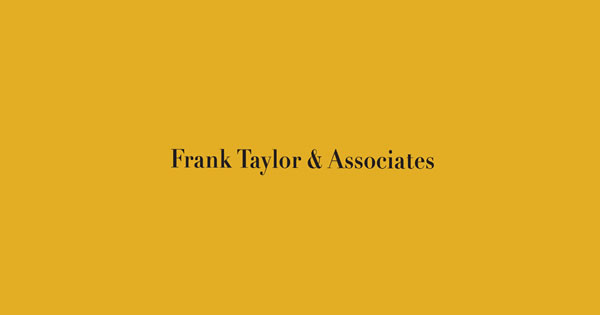Andy Acton looks at the issue of changing workplace demographics and the impact that might have on dental practices.
A year ago ‘new normal’ would almost have been an oxymoron; for many the word ‘normal’ was almost synonymous with ‘same old, same old’. Twelve months, several lockdowns later and with the prefix ‘new’ it has come to represent, a world where the threat of COVID has been at least mitigated by both vaccines and changes in our personal and working lives.
Andy Acton of Frank Taylor Associates discusses the latter point, and what the new workplace normal might look like.
“Of course in many industries things have remained unchanged, at least in terms of the necessity for staff to physically be at the workplace. Naturally, close to home, dentistry is one such example; manufacturing, retail, at least those that have been able to remain open throughout, are others. But there are many professions that will probably never return to their pre-COVID modus operandi.”
“The first lockdown imposed, almost overnight, new working practices on many sectors. Some will have been gradually progressing towards changes in working practices and seen the pace of that change accelerated, others had historically been more conservative and for them it was a case of necessity being the mother of invention. Whatever their journey to WFH (working from home, another three -letter acronym to add to the lexicon), it’s a fair bet that most have adjusted well to the change. The proliferation of high-speed Wi-Fi, mobile devices and the plethora of video conferencing applications have meant the disruption was less than many first feared.”
“Clearly working arrangements and practices across industries and organisations varied considerably even before lockdown, but if you took an organisation of, say, 50 staff, all based in the same premises, unless it was mandated, it would be quite unlikely to ever have daily attendance of 100% at all during the year. It’s not surprising when you think about it; staff may not attend the regular workplace for any number of reasons: visiting clients, external training, offsite meetings or perhaps they’re taking holiday or have fallen ill. Average attendance may actually only be around 80-85% over a year, with a peak at perhaps 90%. This is not because the organisation has an absence problem, just that the demands of the job and the work life balance of its staff means nobody is in the office 24/7. Now factor in the cost of providing space for these 50 people if the busiest day only has, say, 45 desks occupied and on average it’s nearer 40. There’s a cost associated to those empty seats, and that has to be balanced to the business’ needs for having staff co-located.”
“The key word is ‘balance’. Running a successful business is all about getting the right balance and the remote working concept is adding another factor to that ever-changing equation. Of course a business needs to balance the costs of its accommodation with the obvious benefits for having staff co-located. It’s tricky as there are many aspects that can’t be easily quantified: the ‘esprit de corps’ that comes from a successful team, the ability to build relationships and networks, the chance conversation over coffee that leads to a great opportunity. We also need to recognise that this balance isn’t just at an organisational level, but at an individual one too. Some staff may prefer to be in the office, benefitting from the social interaction or simply because their home environment isn’t conducive to working as effectively, others may be more productive working remotely.”
“There definitely isn’t a ‘one size fits all’ approach”, says Andy. It really is about balance and flexibility. Cost is important of course, but there are other non-monetary factors to keep in mind, not least of which is staff mental health and morale. At the same time technology will continue to evolve and provide us smarter, quicker and more agile ways of working. The balance comes from getting the working environment right for most of your people, most of the time. The flexibility comes from being able to adapt the organisation to maintain this balance, keeping pace both with technological and industry driven change.
Without a crystal ball it is hard to foresee exactly how this will impact dentistry. It goes without saying that patients will still need to attend surgeries for treatment. However, if more are working from home then their availability for appointments at times when they would normally have been at work (i.e. physically at their employer’s premises) will increase; this may create scheduling changes and challenges for appointment booking and change what are the ’peak’ hours for a surgery, perhaps even causing practices to rethink their opening hours. It may be that some administrative or support staff for the practice can themselves work from home, for at least part of the time. This too creates challenges, not least around the provision of equipment, the means of connectivity and the security of information (for example ensuring sensitive information isn’t visible by other members of the household). None of these are insurmountable problems, it’s just a question of establishing what the right balance for new normal is.

















